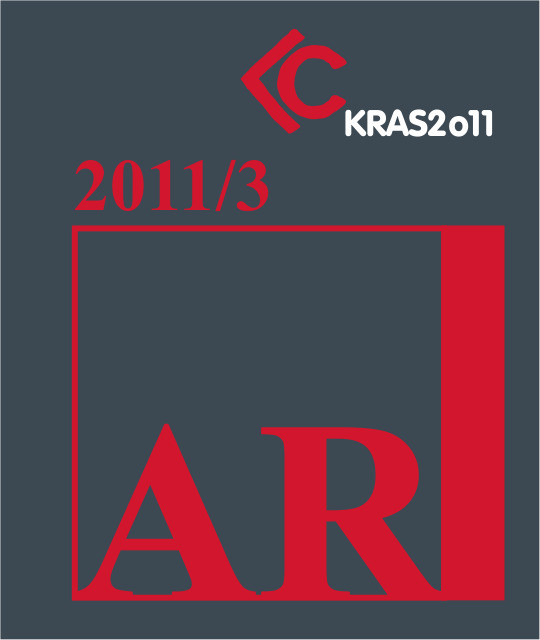KAMEN, KRAS, ARHITEKTURA
STONE, THE KARST PLATEAU, ARCHITECTURE
Author(s): Borut JuvanecSubject(s): Cultural history
Published by: Fakulteta za arhitekturo, Univerza v Ljubljani
Keywords: vernacular architecture; stone; construction; Karst; stone structures; heritage
Summary/Abstract: Clearing fields by removing stones from fields improves their productivity, with an abundance of stone being a by-product. Over time, stones piled in a heap simply disappear. The only way to keep them together is in a structure. For walls, this means overlapping construction, whilst the simplest structure for spanning distances is corbelling: it features graded cross-sections and ground plans that approximate circles, all resulting in corbelled domes. And if there is already a structure, it should at least be useful. The most ancient corbelled structures date to the sixth millenium BC, while stone shelters as we know them today date to the fifteenth century. Corbelled structures were at first intended to shelter shepherds, but there are other uses, such as for wells, tombs, sanctuaries, sites of miracles and so on. These shelters can be found between Iceland and Yemen, from Lanzarote to Palestine: I am in possession of documents regarding this architecture which comprise technical drawings, analyses, photographs and sketches. An issue regarding dry stone structures is their maintenance - they are built without mortar or other bonding. The protection may be a physical matter, and also required by law. The parliament of Extremadura issued a declaration on the protection of the heritage of chozo. The Unesco rules on the safeguarding of cultural heritage should be updated and adapted to this type of structure.
Journal: AR Arhitektura, raziskave
- Issue Year: 2011
- Issue No: 3
- Page Range: 5-14
- Page Count: 10
- Language: Slovenian

